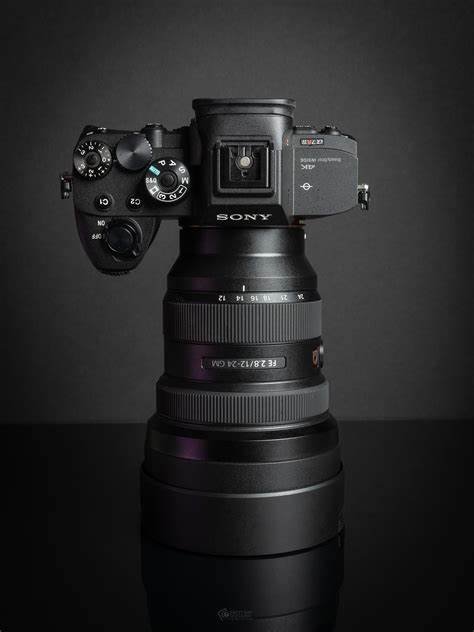When it comes to stabilizing your camera and capturing the perfect shot, both tripods and monopods are essential tools. Each offers unique advantages and is suited to different shooting scenarios. Understanding the key differences between them can help you decide which one is right for your needs. Here’s a detailed comparison to guide you.
1. What is a Tripod?
Description: A tripod is a three-legged stand designed to provide stable support for a camera or other equipment. It is commonly used for capturing static shots, long exposures, and when precise framing is crucial.
Benefits:
- Stability: Provides maximum stability, reducing camera shake and allowing for sharp images in low light or long exposure situations.
- Versatility: Many tripods offer adjustable legs, heads, and height, giving you flexibility in composing your shots.
- Consistency: Ideal for scenarios where you need to maintain the same frame or angle over extended periods.
Drawbacks:
- Bulkiness: Tripods can be bulky and heavy, making them less convenient for travel or quick shots.
- Setup Time: Setting up a tripod can be time-consuming and may not be practical for fast-paced shooting environments.

2. What is a Monopod?
Description: A monopod is a single-legged support device designed to offer some stability while remaining highly portable and quick to use. It’s commonly used in sports photography, videography, and when mobility is essential.
Benefits:
- Portability: Lightweight and compact, making it easier to carry around and maneuver in crowded or dynamic environments.
- Speed: Quick to set up and adjust, allowing for rapid changes in position or shooting angles.
- Flexibility: Provides support while still allowing for movement, which is useful for tracking moving subjects or shooting in tight spaces.
Drawbacks:
- Limited Stability: Provides less stability than a tripod, making it less suitable for long exposures or situations where maximum steadiness is required.
- Support: Offers support only in the vertical direction, which means you still need to hold the camera steady manually.
3. When to Use a Tripod
Description: Tripods are best suited for situations where maximum stability is crucial. Here are some scenarios where a tripod is the preferred choice:
- Long Exposures: Ideal for capturing low-light scenes, night photography, and long exposure shots where camera shake needs to be minimized.
- Landscape Photography: Provides stability for framing detailed landscape shots and maintaining consistency.
- Studio Photography: Essential for controlled environments where you need precise adjustments and stable support.
- Video Production: Useful for creating smooth, stable video footage and maintaining a fixed camera position.
4. When to Use a Monopod
Description: Monopods are great for situations where portability and quick adjustments are more important than maximum stability. Consider a monopod for:
- Sports Photography: Provides support while allowing for fast movements and tracking of dynamic action.
- Event Photography: Useful for navigating through crowds and capturing moments without the bulkiness of a tripod.
- Travel: Ideal for travelers who need a compact, lightweight solution for stabilizing their camera while on the go.
- Vlogging: Helps in maintaining stability while allowing freedom of movement, especially for handheld shooting.
5. Conclusion
Choosing between a tripod and a monopod depends on your specific needs and shooting environment. Tripods offer unparalleled stability and are perfect for static shots, long exposures, and precise framing. On the other hand, monopods provide a lightweight and portable solution for dynamic shooting situations where quick adjustments are necessary. By understanding the strengths and limitations of each, you can select the right support tool to enhance your photography or videography experience.
Happy shooting!











